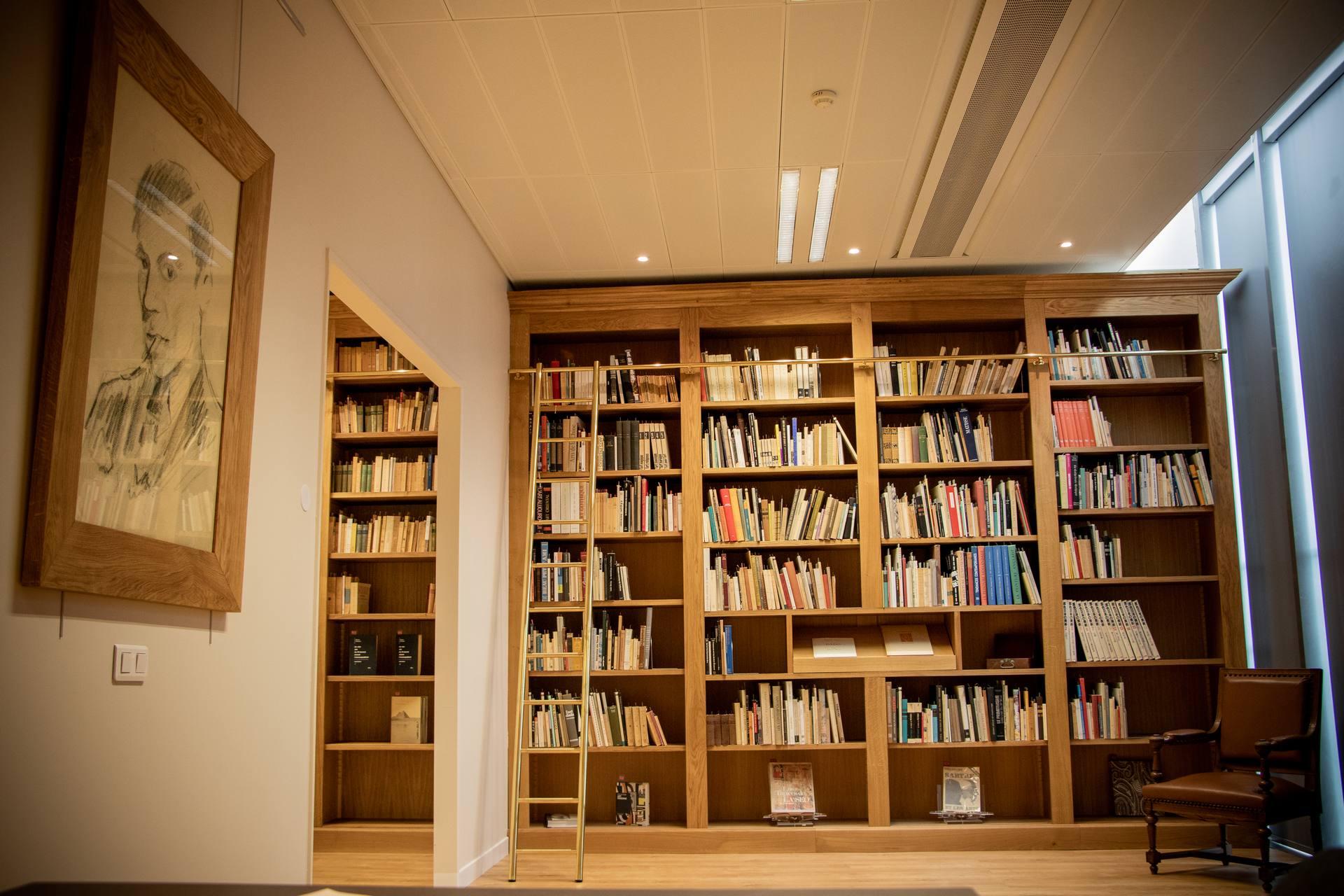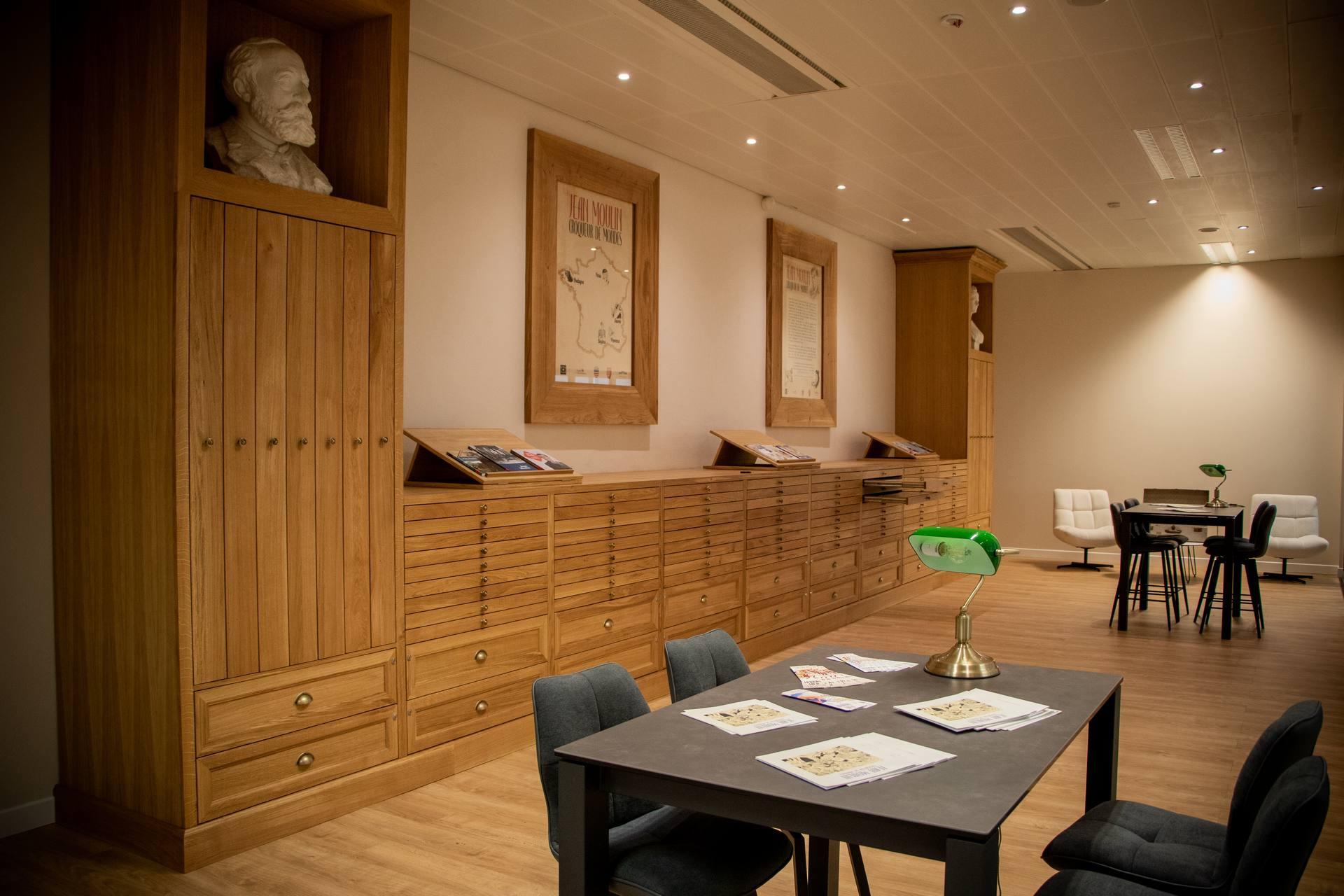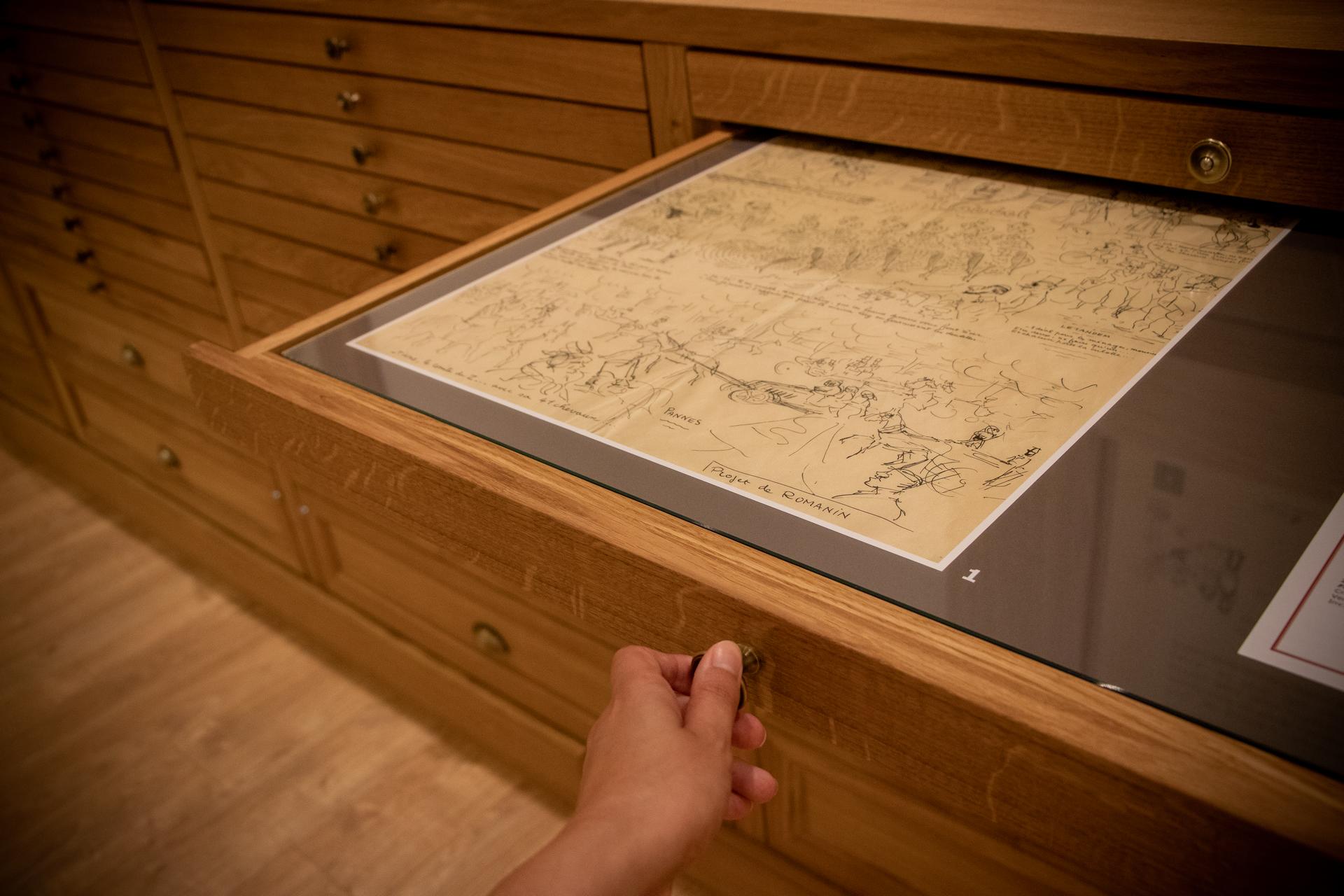This square (also known as “La Place du 14 juillet”), is a concentrate of history, but few vestiges remind us of it today. It’s hard to imagine the old barracks, the market square, the famous people who lived there… Thanks to the panel and the Timescope virtual reality terminal, immerse yourself in History!
Chronology
The Champ de Mars (*) in a few dates :
- 1876: installation of a military barracks
- 1895-1900: urbanisation of the Champ de Mars district
- 1907: Winegrowers’ revolt
- 1944: Execution of 18 members of the Resistance
- 2023: Inauguration of Jean Moulin’s birthplace
(*) : The Champ de Mars: in France, until 1918, this was the name given to the parade ground where cavalry troops trained and marched.
Du guesclin barracks
After the defeat against Prussia in 1870, the spirit of revenge led France to build numerous barracks to train, mobilise and transport soldiers to the Franco-German border, in the event of a new conflict. In Béziers, the new barracks built in 1876 housed up to 1,500 soldiers.
Immerse yourself in the history of the Champ de Mars thanks to the Timescope terminal behind the sign!
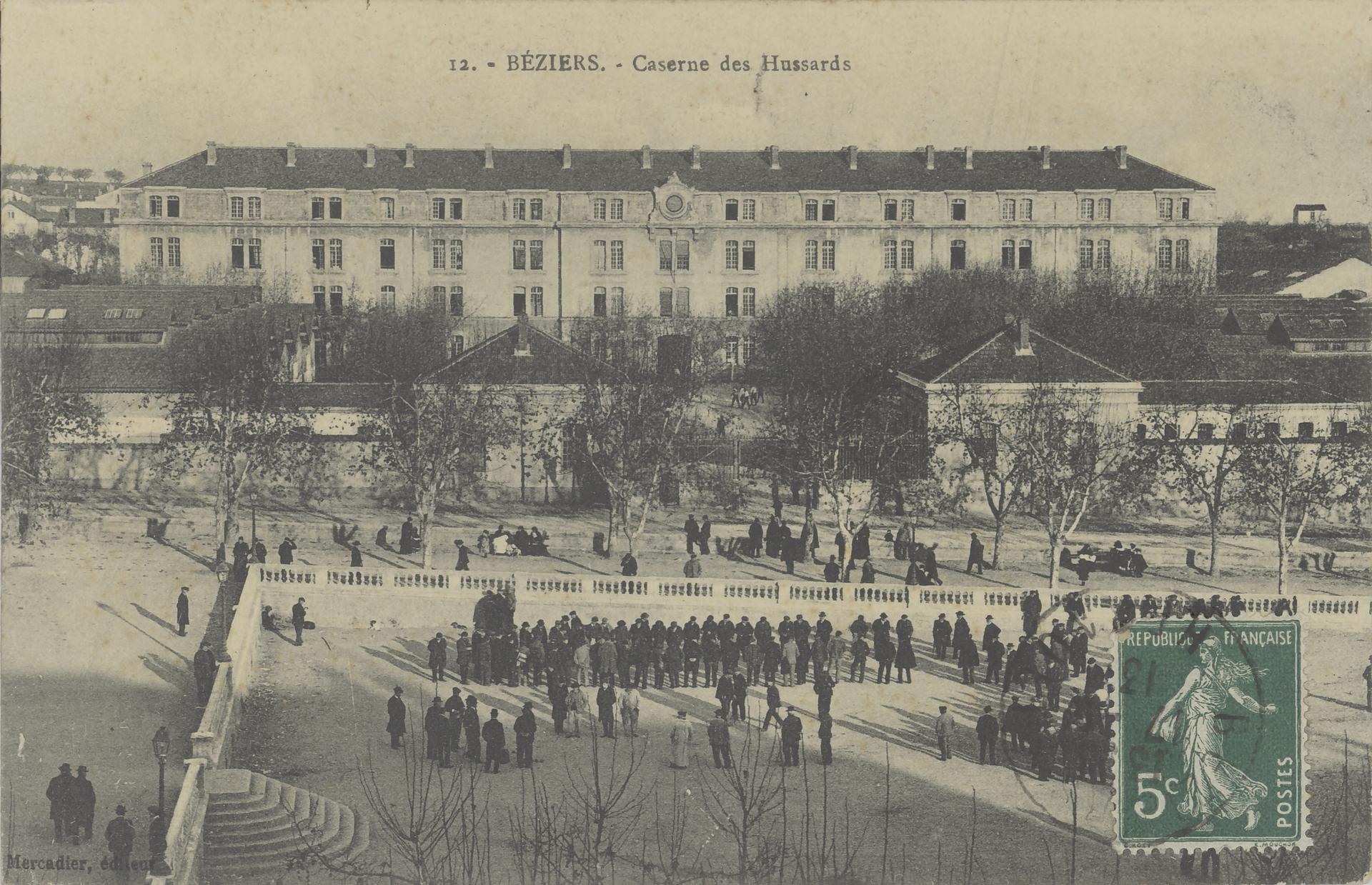
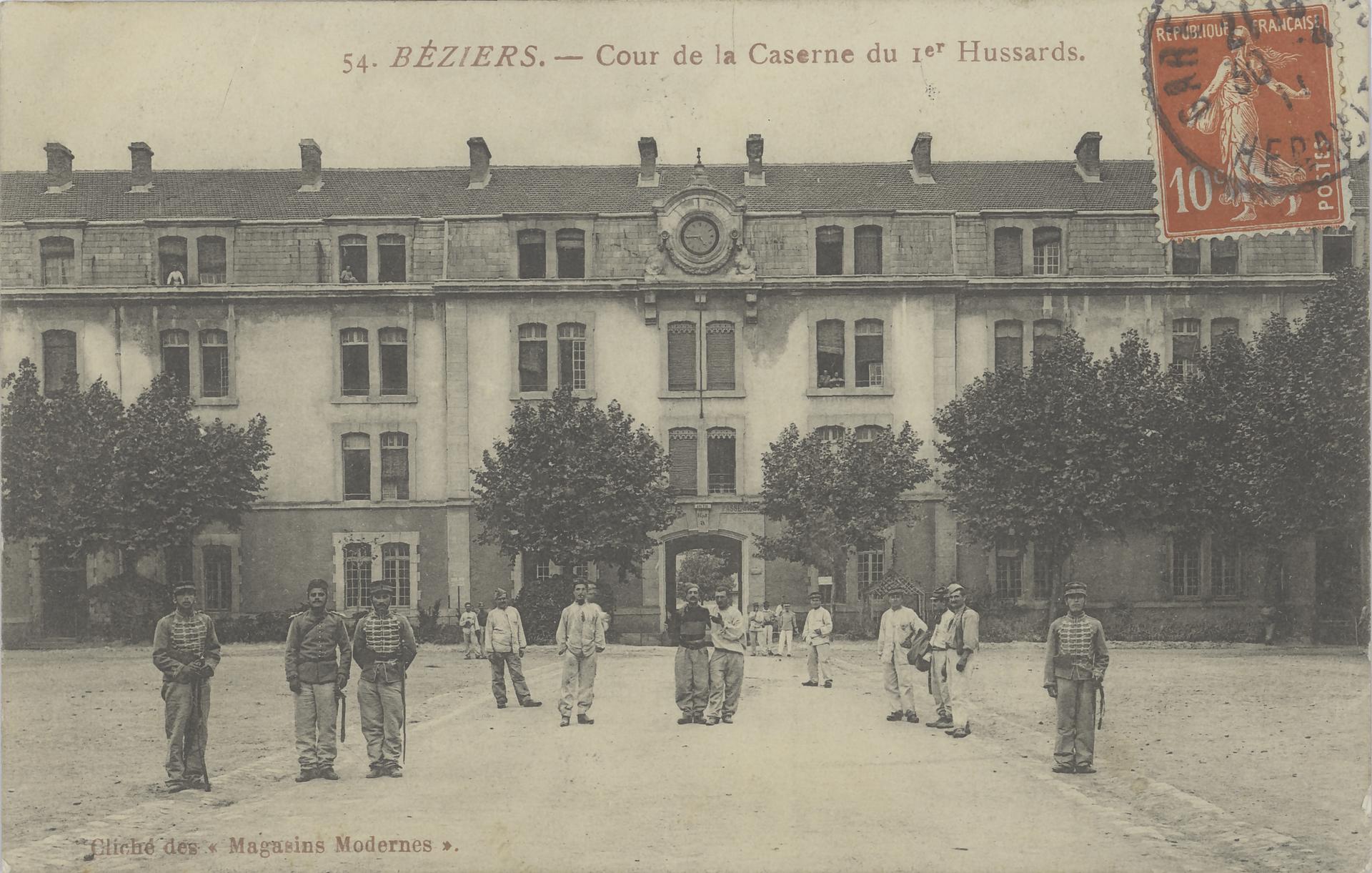
Wall of the shot
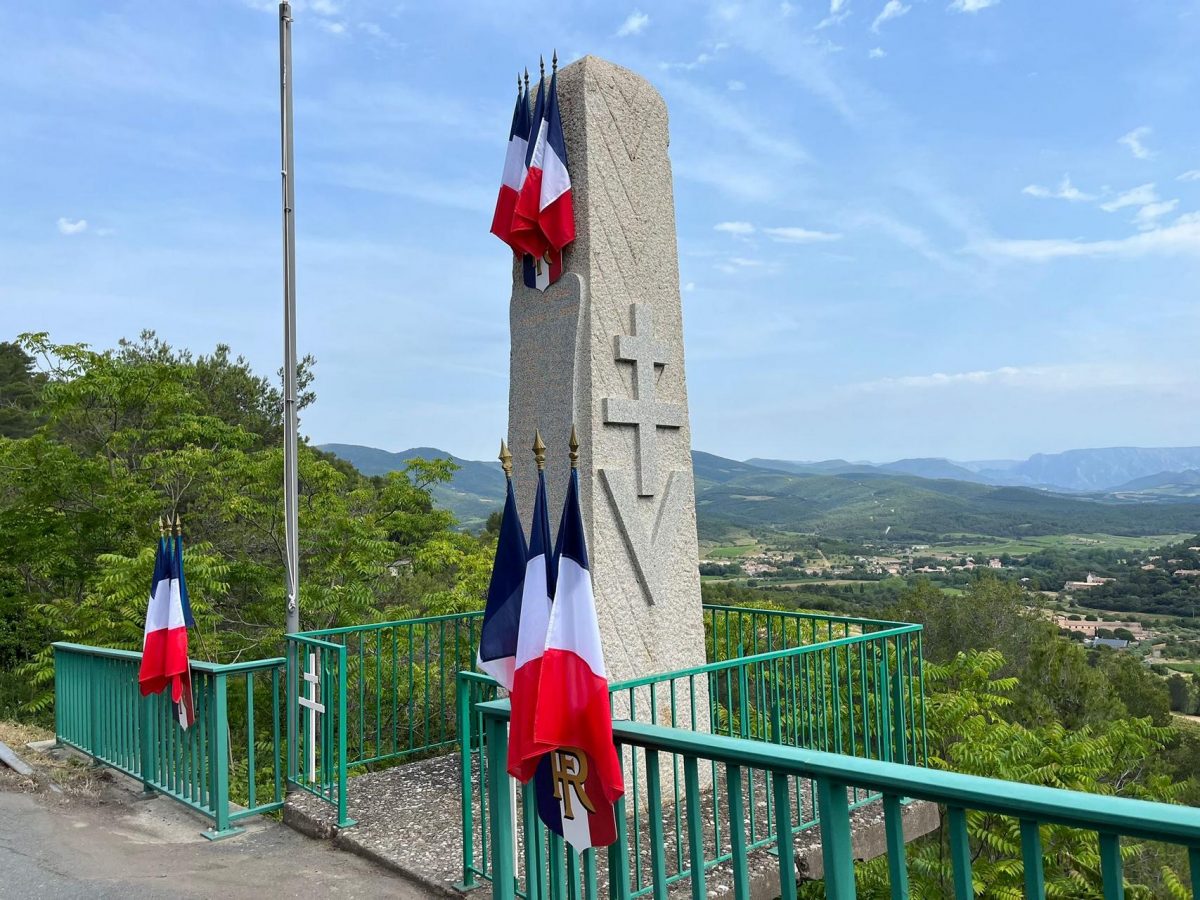
During the Second World War, the french Resistance organised itself to help the Allies. And right after the Normandy landings, they sabotaged communication routes in order to slow down the withdrawal of german troops towards the north. On the evening of 6 June 1944, around 70 young people from the Béziers region who had been mobilised, gathered to join the Latourette maquis in the Black mountains. They were stopped by a German convoy at the Col de Fontjun, where a battle ensued, resulting in 5 deads and 18 prisoners.
These 17 men and one woman, many of whom were under 20, were interrogated and tortured but did not give in, and were sentenced to death, taken to Béziers for execution. The square became the scene of the execution, and all the local residents were forced to watch. This tragic episode left a lasting mark on the memory of the region.
Laure Moulin
Elder sister of Jean Moulin, she stayed with her parents and lived in the rue d’Alsace for almost 40 years. An English teacher at the Collège Supérieur de Jeunes Filles de Béziers (Young Ladies Superior College), her transfer to Montpellier in 1937 led to the Moulin family moving. A confidante of her brother and a member of the Resistance at his side, she worked hard to uncover the truth about his disappearance and campaigned for Jean Moulin to be admitted to the Panthéon (*).
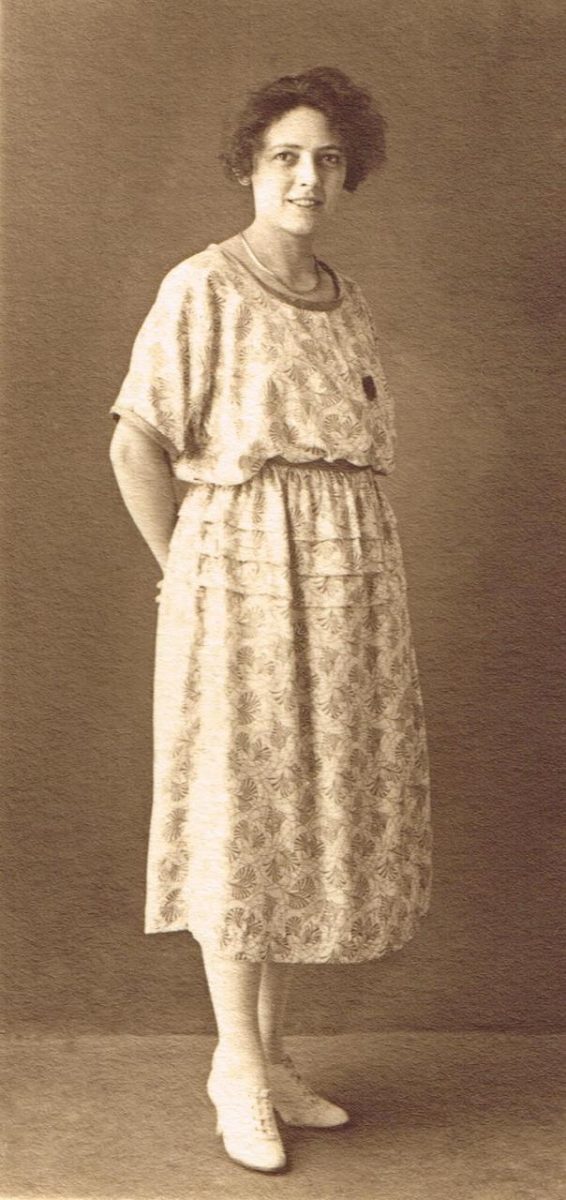
(*)Monument in Paris, inaugurated in 1790 and dedicated to the great men (and women) of France.
Jean Moulin’s birthplace
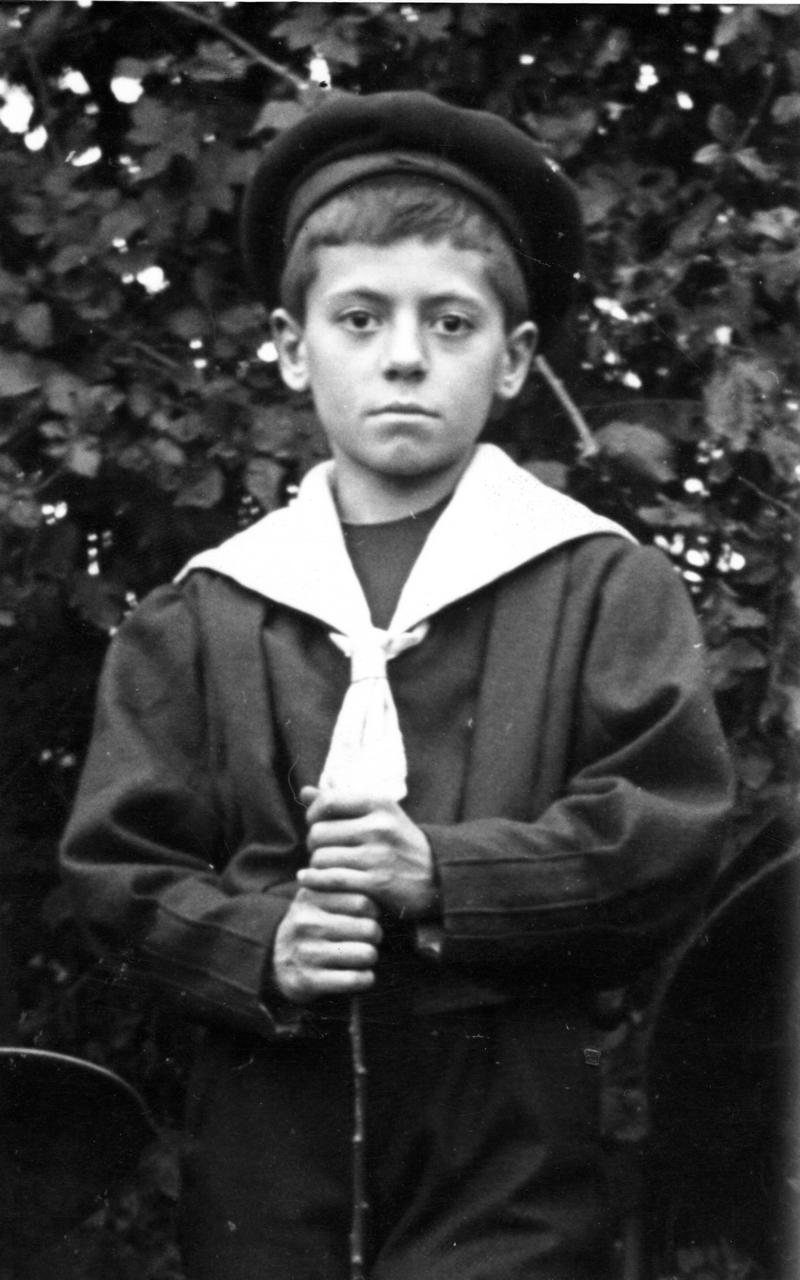
The family moved into a flat on the 3rd floor of Nr 6 rue d’Alsace, to welcome their last child, Jean Moulin, on 20 June 1899.
Renovated and refurbished with period furniture, this home has retained its original layout : bedroom, dining room/kitchen, study/library and living room. It remains a major historical site for understanding how the immediate environment of the young Jean Moulin shaped his character, who was to become a hero of the French Resistance.
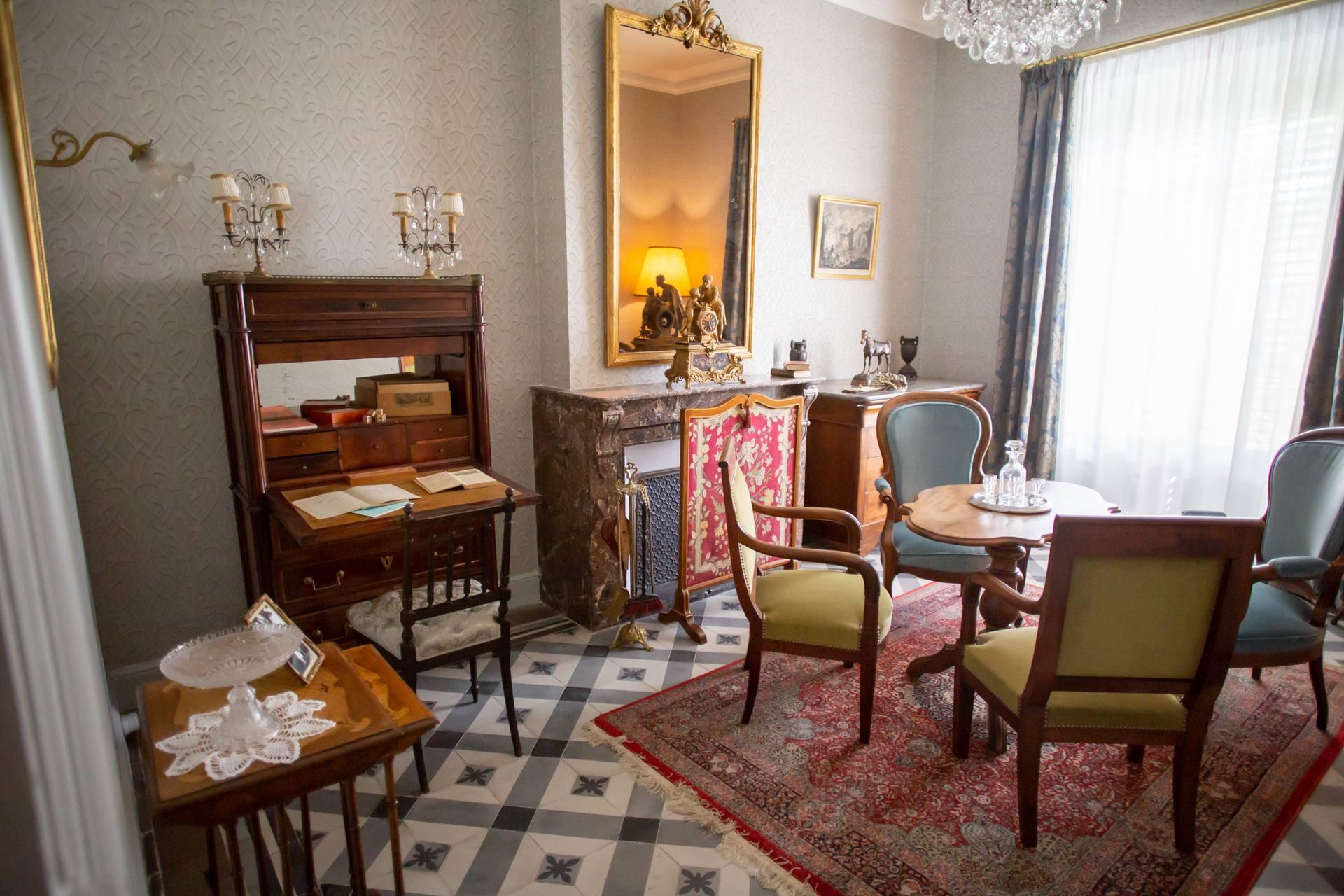
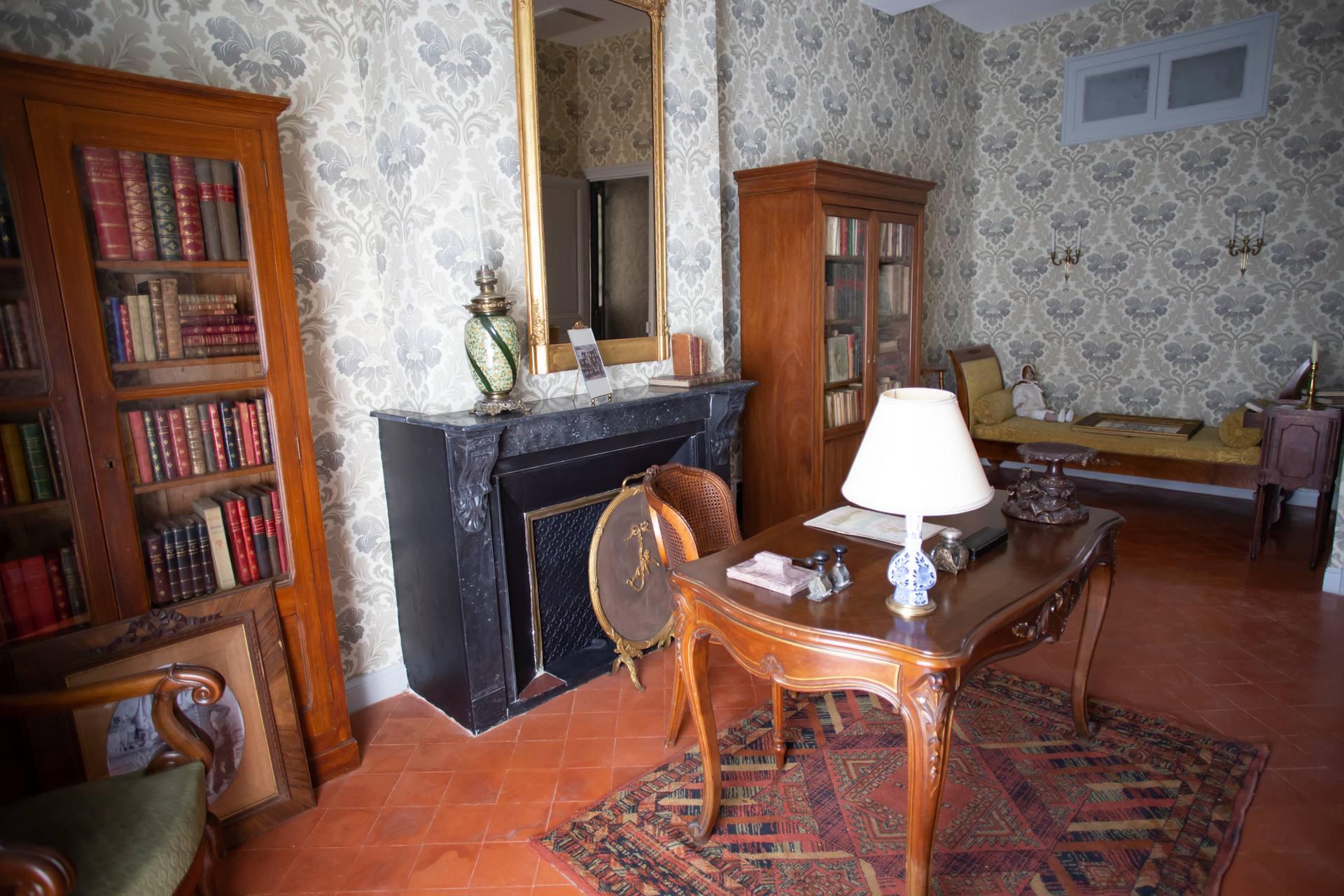
Cordier Library – Espace Jean Moulin
The Multimedia Library André-Malraux symbolically brings together Jean Moulin and Daniel Cordier (who was his personal secretary during the Resistance).
The Jean Moulin Gallery exhibits the artistic development of ‘Romanin’ (Jean Moulin’s pseudonym) through reproductions of nearly 600 drawings, sketches, watercolours and engravings.
It also houses the collection of books that Daniel Cordier – who became an art dealer, after WWII -, assembled throughout his life, ranging from human sciences (history, psychology, literature, philosophy, etc.) to art books and detailed monographs.
The Birthplace, the Cordier Library and the Jean Moulin Gallery are open to the public on guided tours only.
For more information, contact the Beziers Méditerranée Tourist Office (+33 4 99 41 36 36).
To extend your visit, enjoy our numerous activities :
















